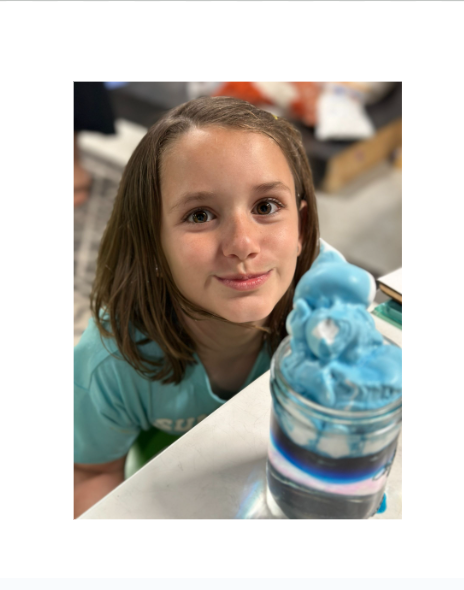For teachers, myself included, the idea of creating a curriculum can be daunting at first glance. For me, however, it has been an exciting change after being handed prescribed teaching lessons (scripts) for many years. Personalized curriculum creation has proven to be a rewarding experience for me and my students.
One of the most significant advantages of writing my curriculum is the flexibility it allows for. This flexibility is one of the core traits that makes Indi-ED unique when compared to traditional education models. Instead of being confined to predetermined textbooks and lesson plans, I have the freedom to tailor teaching materials to meet the specific needs and interests of my students. For example, at the end of each school year I survey the students about their interests, what they would like to learn, and survey the parents about what they would like their children to learn. With that information, I plan my lessons around these common interests and goals. The flexibility to develop a customized curriculum allows for greater creativity and innovation in the classroom and fosters a motivating and
engaging classroom experience.
In education, adapting quickly to the evolving needs of students allows for personalized support and guidance for each student. As I observe their progress and identify areas for improvement I can modify my teaching approach accordingly. This is especially true for math. I might plan to teach division in a month but my students may be learning at a slower pace, so it may take us longer to get through the unit. On the other hand, the students could glide through the unit and prove to me that it’s time to progress to the next skillset. If I see that my students need extra instruction on a skill, I will find specific ways to adapt my lessons rapidly to meet their needs. This adaptation will usually include a creative project that I believe will cement the skill for the majority of the students. In the case that the creative project does not work as planned, I assess the students for understanding and group the kids accordingly. I may even pivot like this in the middle of a lesson. This ability to pivot and adjust in real time is essential for creating a responsive and inclusive learning environment where every student can thrive.
Writing curriculum requires reflection, experimentation, and continuous learning. In the process of finding a diagram of cloud types for our weather unit yesterday, the students and I came across the term “cloud seed”. A curious voice asked, “What’s a cloud seed?” and we dove down that rabbit hole together as a classroom. Now we all know. I always have to reflect. Was my lesson effective? Did everyone understand? Was it engaging? Did I connect with my students? Did they connect with the material? Should I continue on with it or just drop it? What did I learn from creating it? It invites me to explore.
In doing so, I can enhance our skills and knowledge and inspire my students to adopt a similar growth mindset in their learning journeys. My lessons don’t always go as planned (or even work out sometimes…), but we all learn from mistakes! My kids see that I am not perfect. It also shows that I am continuously learning in life.
By committing to this journey of curriculum design, I can embrace the opportunity to learn alongside my students and embark on a life-long educational adventure!


